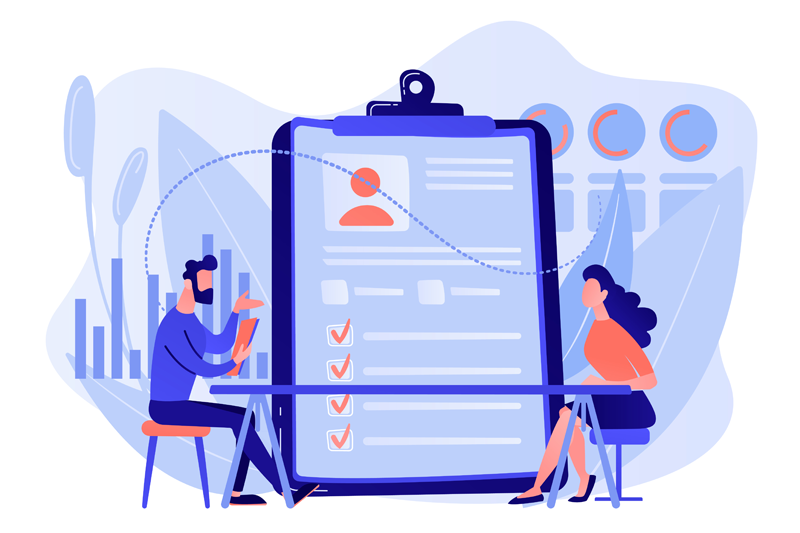
Navigating the Strengths and Weaknesses Question in Job Interviews: A Comprehensive Guide
In the intricate dance of job interviews, a seemingly straightforward question carries substantial weight: "What are your strengths and weaknesses?" Your response to this inquiry can significantly influence the interviewer's perception of your suitability for the role. This comprehensive guide aims to delve deep into the nuances of answering this question, providing you with the tools to articulate your attributes with confidence and address areas for improvement with grace.
Section 1: Understanding the Purpose of the Question
Why Do Employers Ask About Strengths and Weaknesses?
The purpose behind this question transcends a mere exploration of your skill set. Employers seek more profound insights into your self-awareness, your ability to reflect on your skills, and your commitment to personal and professional growth. By comprehending the motivation behind the question, you can tailor your responses to not only showcase your suitability for the role but also demonstrate your understanding of the broader impact your strengths and weaknesses may have on your professional journey.
In essence, this question serves as a strategic tool for employers to gauge your level of self-reflection and how well you understand your own contributions and limitations. Employers are not merely interested in what you can do; they want to understand how well you know yourself and how effectively you can communicate that self-awareness.
Section 2: Nailing Your Strengths Response
Showcasing Your Unique Value
Identifying and articulating your strengths effectively is a pivotal aspect of the interview process. This section offers a step-by-step process for pinpointing strengths that align with the job requirements. It's not just about listing skills; it's about strategically presenting your unique value proposition.
Consider your strengths not just in terms of technical competencies but also as personal attributes that align seamlessly with the organization's values and objectives. By doing so, you're not just presenting a list of skills; you're weaving a narrative that positions you as the ideal candidate for the role. For instance, if the job requires strong teamwork, you might highlight your collaborative approach to problem-solving, demonstrating how your interpersonal skills contribute to a positive team dynamic.
Section 3: Addressing Weaknesses with Grace
Turning Weaknesses into Opportunities
Discussing weaknesses can be a delicate task that often induces anxiety in job seekers. However, reframing weaknesses as opportunities for growth can set you apart. This section provides strategies for acknowledging your weaknesses while highlighting your proactive approach to self-improvement.
It's crucial to avoid clichés such as "I'm a perfectionist" or "I work too hard." Instead, focus on genuine areas where you see room for improvement. Maybe you're enhancing your technical skills through ongoing education or seeking mentorship to refine your leadership abilities. By showcasing a commitment to continuous learning and development, you not only convey resilience and adaptability but also present yourself as a candidate dedicated to personal and professional growth.
Section 4: Striking the Right Balance
The Art of Honesty without Oversharing
Navigating the fine line between honesty and professionalism is crucial when addressing weaknesses. This section delves into the delicate art of transparency without divulging unnecessary details. It offers guidance on striking the right balance, ensuring that your response remains honest and insightful without jeopardizing your chances of securing the position.
While it's essential to be forthright about your areas for improvement, it's equally vital to present them in a manner that doesn't raise red flags for the interviewer. For example, if time management is an area you're working on, you might share how you've implemented a new scheduling system to improve efficiency. By mastering this balance, you not only answer the question effectively but also showcase your communication skills and emotional intelligence.
Section 5: Real-life Examples and Sample Responses
Putting it into Practice
Concrete examples bring theory to life and provide a practical understanding for job seekers. This section provides sample responses for both strengths and weaknesses, offering practical illustrations of effective communication.
For strengths, consider anecdotes from your professional experience that showcase specific instances where your skills made a tangible impact. Perhaps you led a successful project that demonstrated your exceptional organizational skills or collaborated on a cross-functional team that highlighted your ability to work well with diverse personalities.
When addressing weaknesses, use examples that highlight your commitment to improvement. Maybe you attended workshops or pursued additional training to enhance a specific skill. By incorporating real-life examples into your responses, you not only provide tangible evidence of your abilities but also demonstrate your self-awareness and dedication to continuous growth.
Conclusion:
In the dynamic landscape of job interviews, mastery of the strengths and weaknesses question demands careful preparation and self-reflection. As you approach this pivotal inquiry with sincerity and strategic communication, you not only answer a question but also paint a comprehensive picture of your capabilities and potential. Remember, it's not just about the content of your answer but also how well you present yourself as a well-rounded and self-aware candidate.








